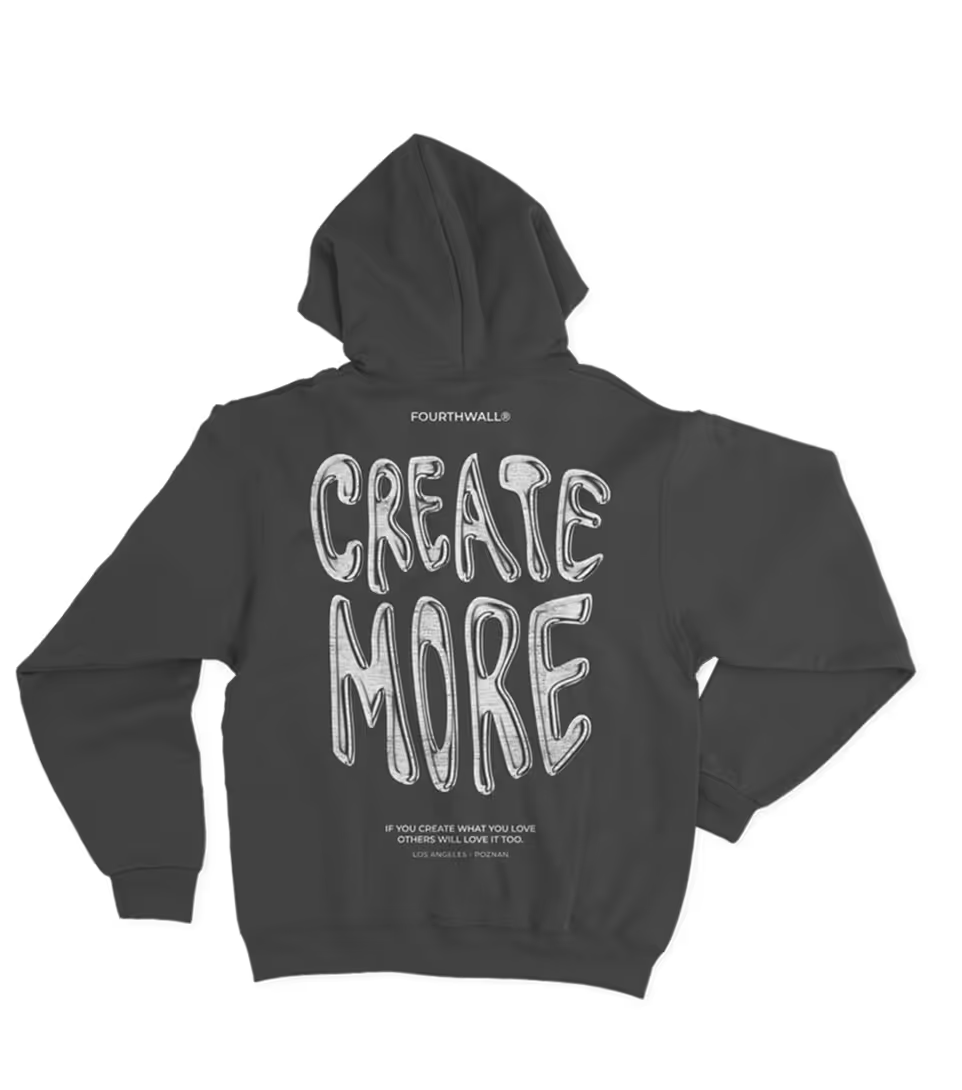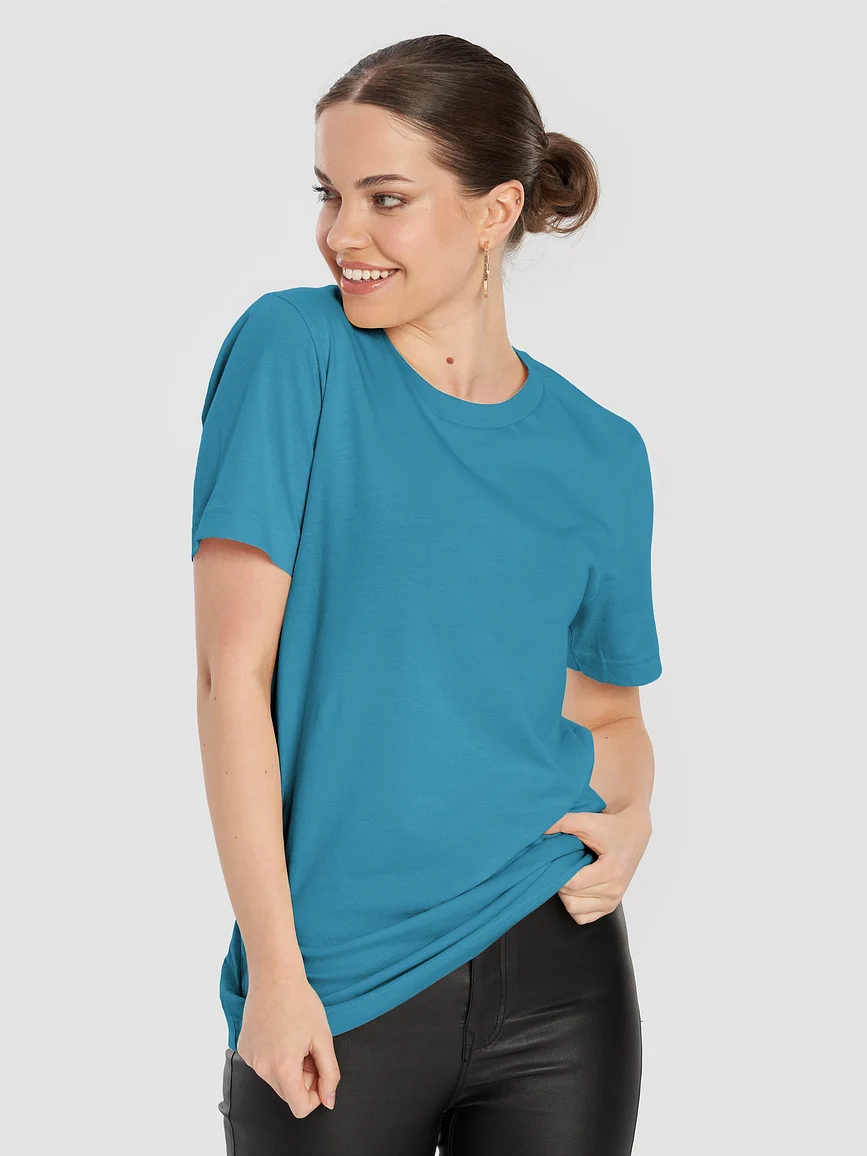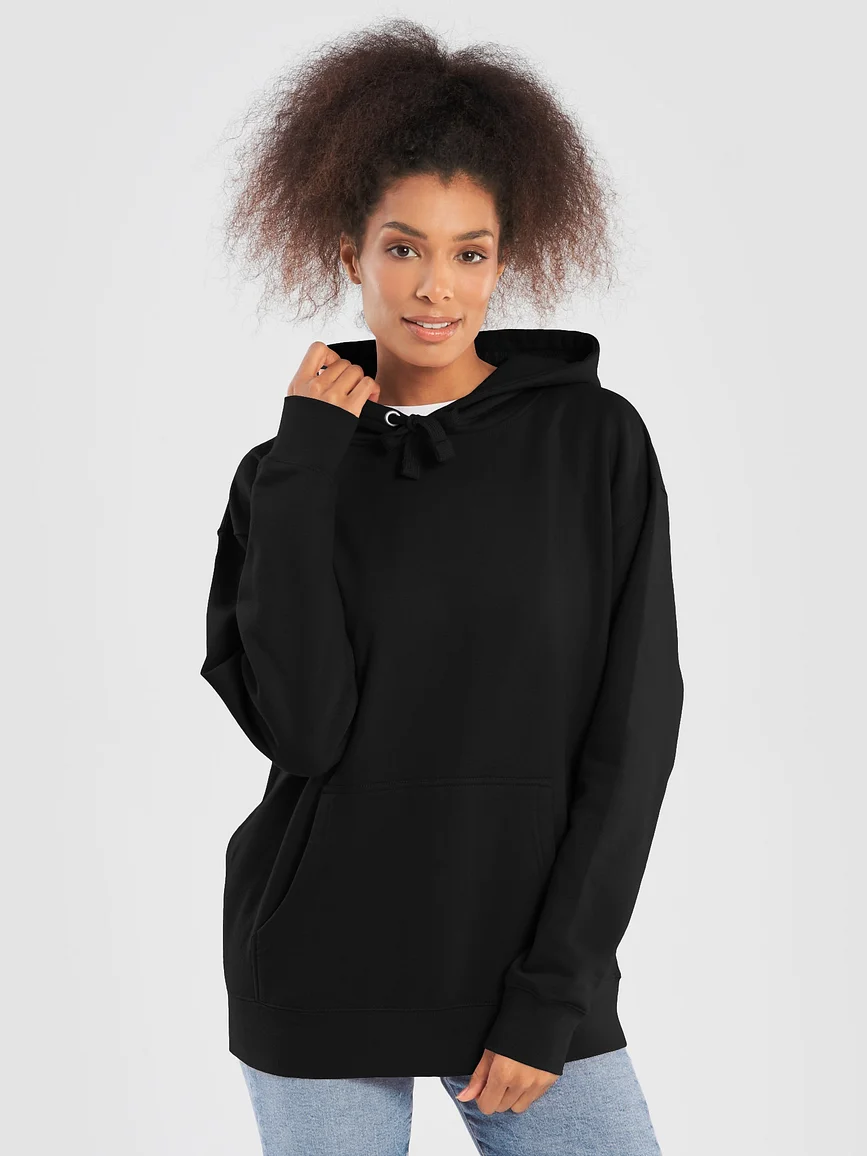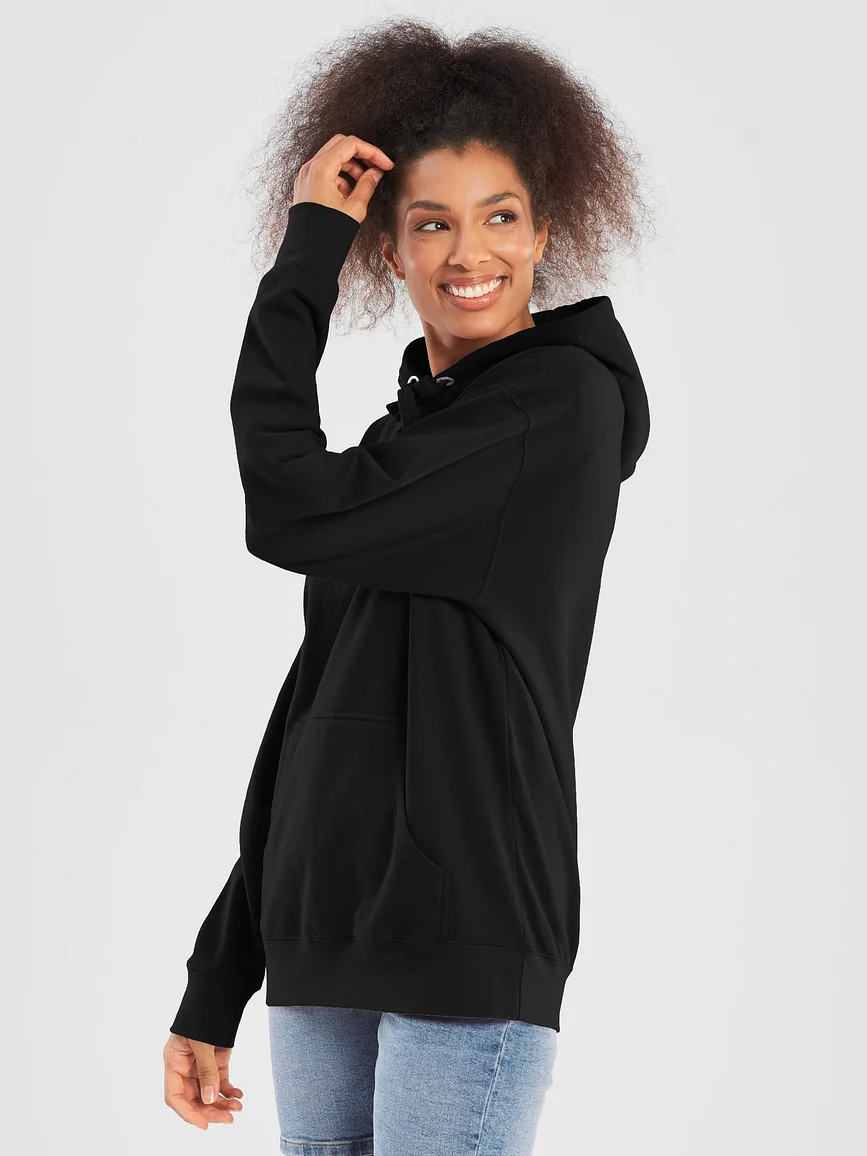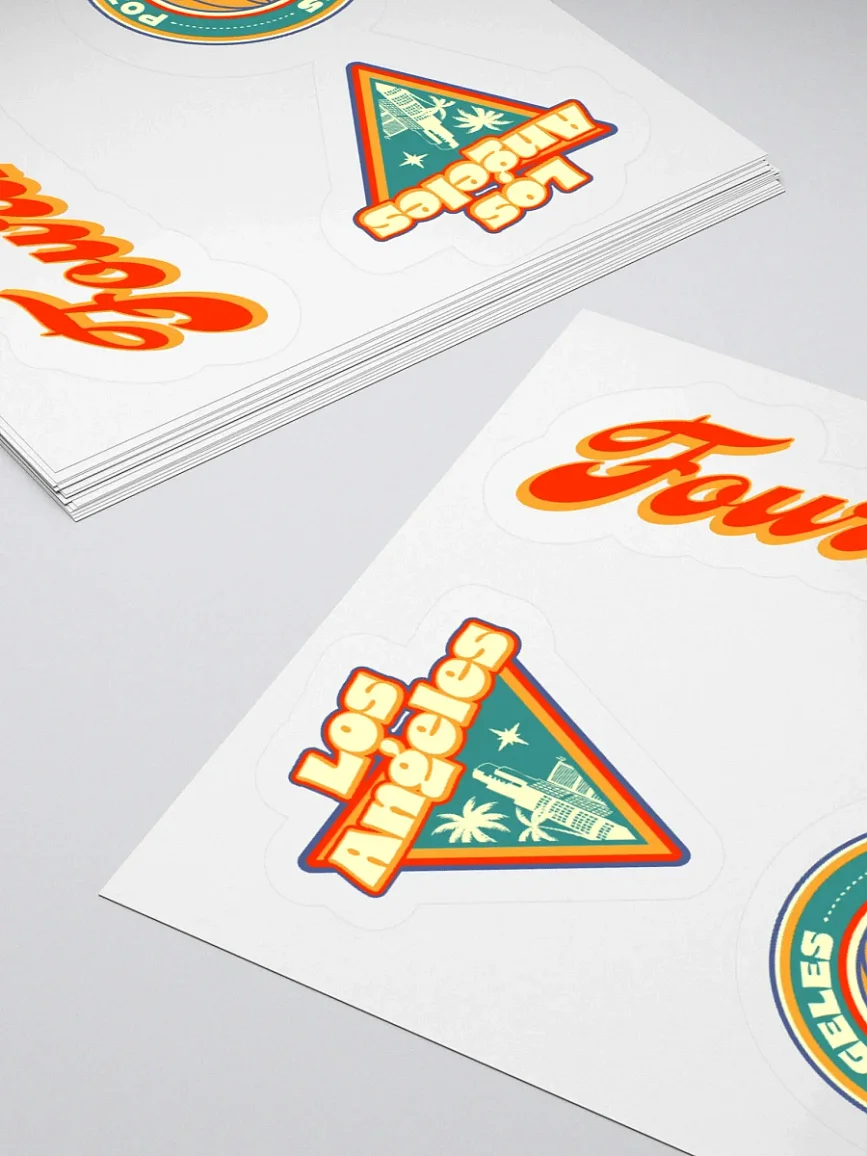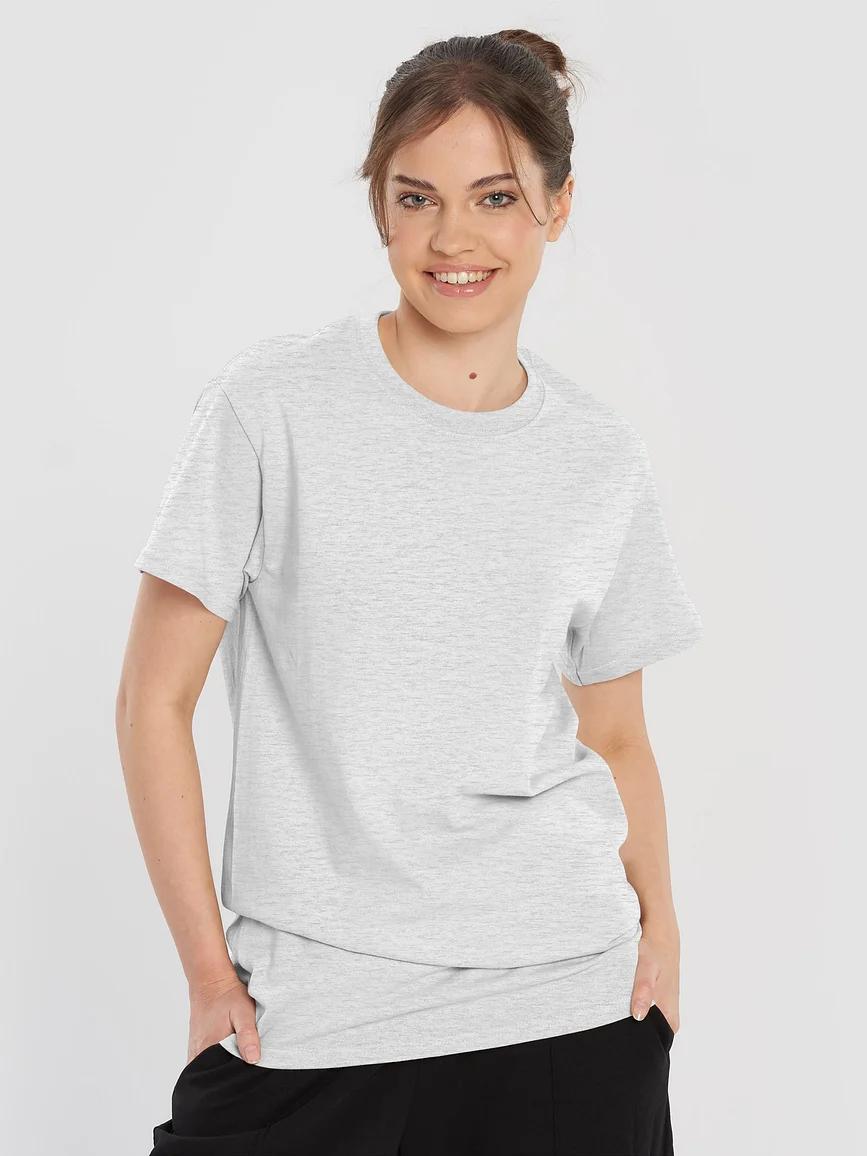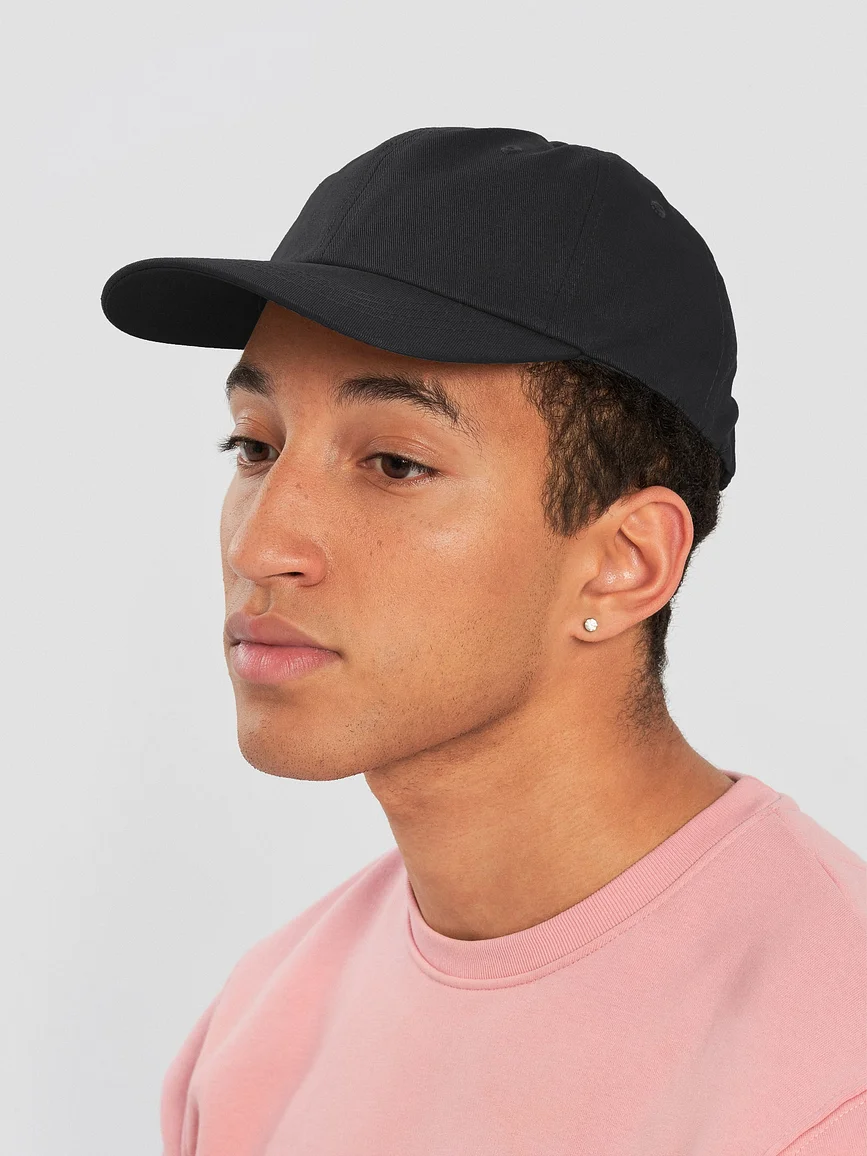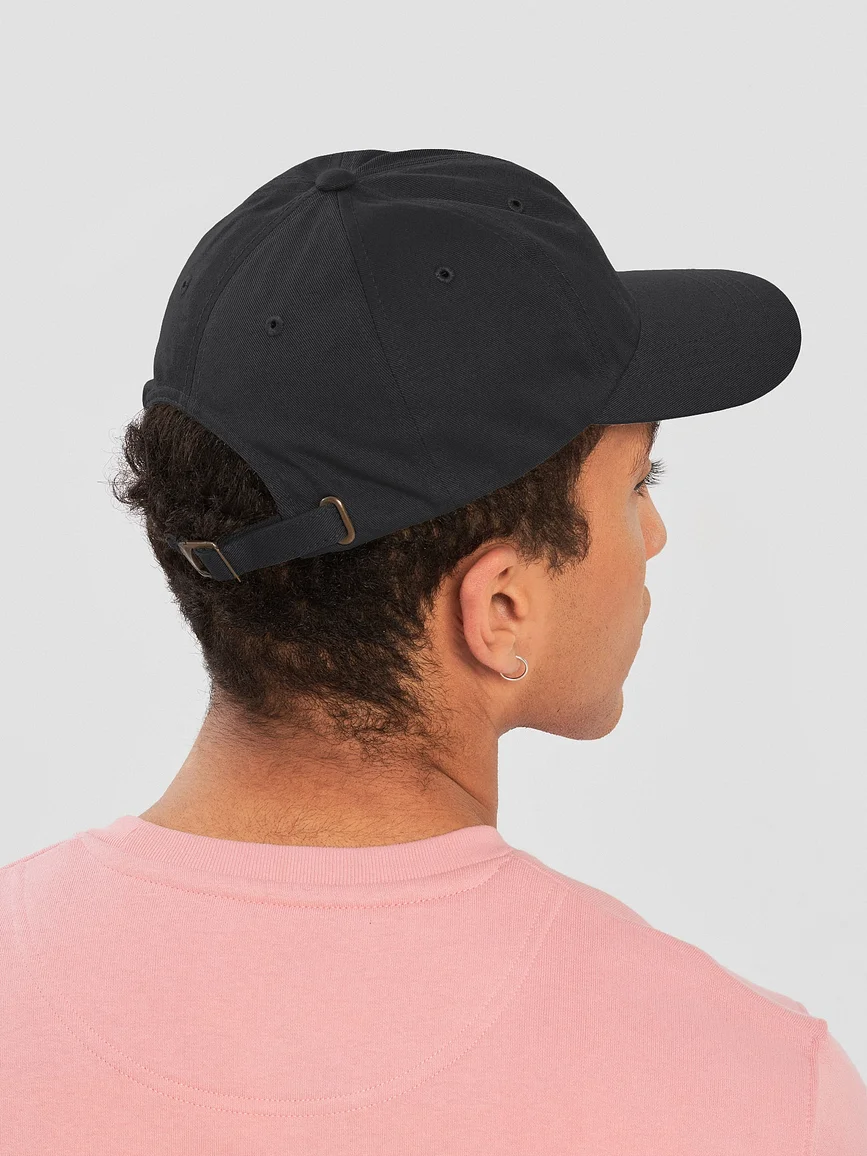Promoting Your Brand on Social Media: Marketing Strategies for Success
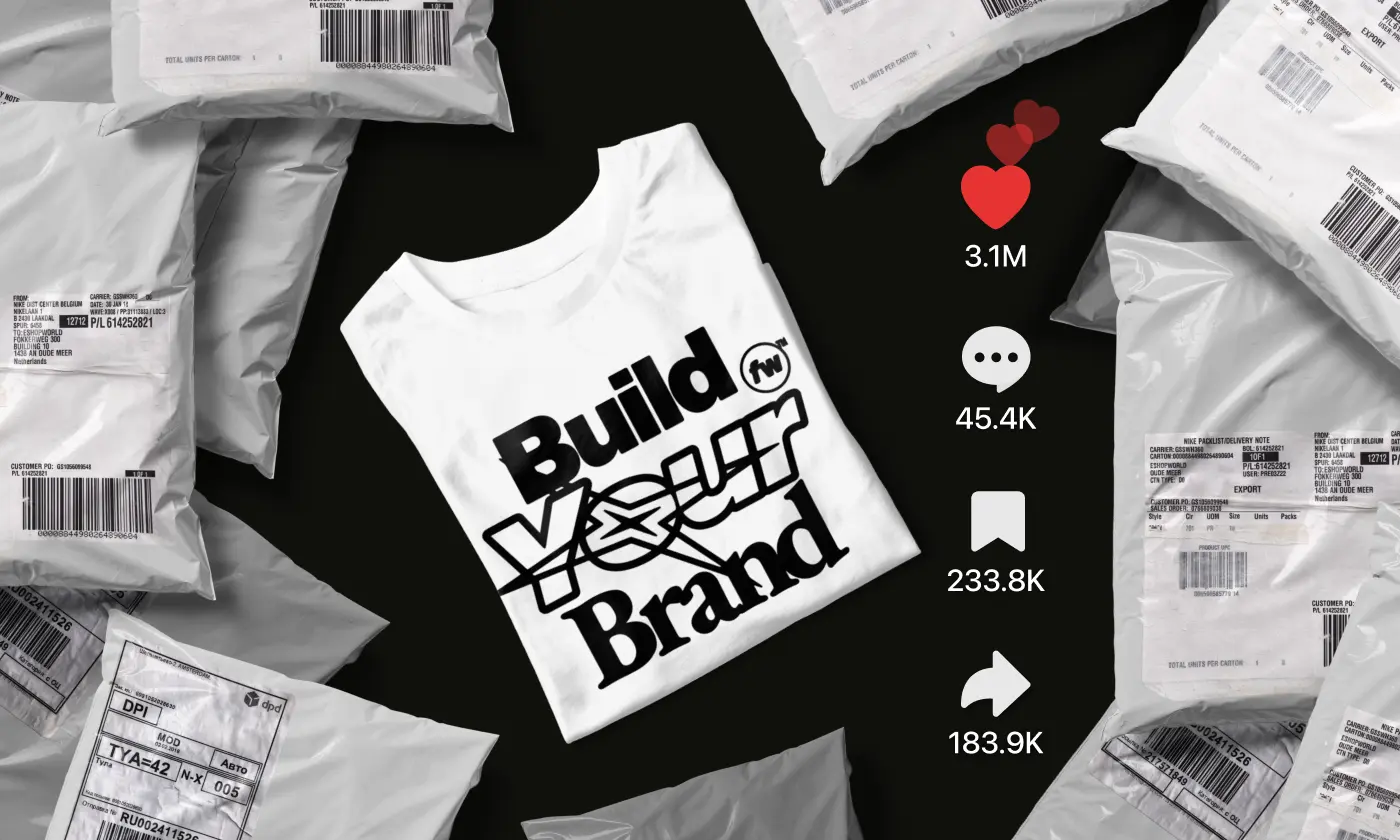
These days, there’s no question that social media is a must for brands looking to thrive in the digital landscape.
With over 4.7 billion active users spending an average of more than two hours a day on platforms like TikTok, Instagram, and Facebook, the potential for visibility and engagement is massive.
But capturing attention takes more than sporadic posts; brands need a well-crafted social media strategy to cut through the noise and connect meaningfully with their audience.
In this guide, we’ll dive into effective tactics for promoting your business on social media, the importance of understanding your audience, and actionable steps to boost your online presence and maximize impact.
What is Social Media Marketing?
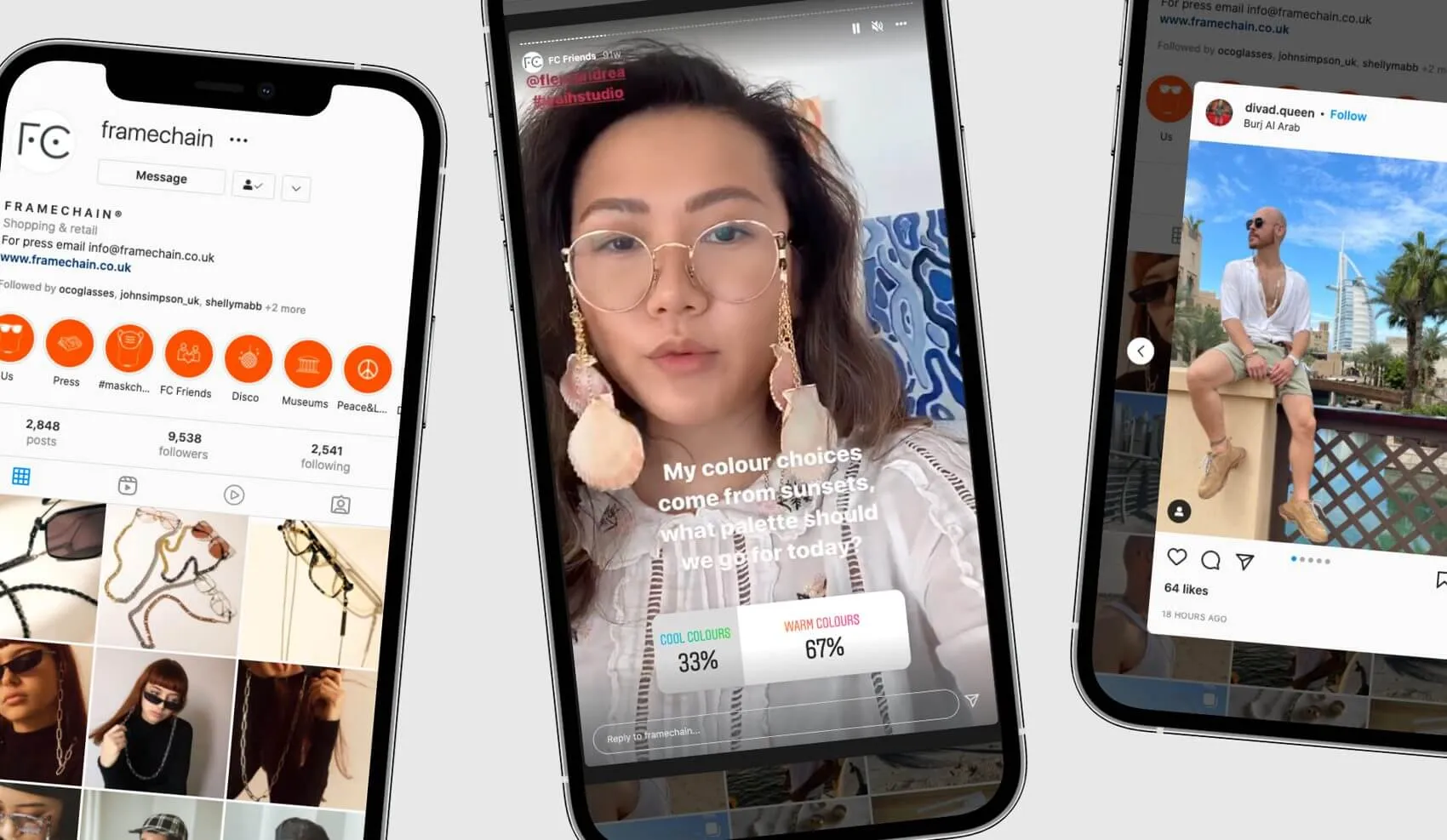
Social media marketing is a strategic approach brands use to connect with their target audiences through social media platforms. This type of marketing involves creating and sharing content designed to drive engagement, boost brand visibility, and ultimately increase sales or conversions.
Unlike traditional marketing, which often requires high upfront costs and has limited tracking capabilities, social media marketing is typically cost-effective and highly measurable, allowing businesses to track metrics like reach, engagement, and conversions in real-time.
Key objectives of social media marketing include building brand awareness, building customer loyalty, generating leads, and driving traffic to websites or online stores.
Each social platform offers unique features—such as Instagram’s visual storytelling, Twitter’s real-time updates, LinkedIn’s professional networking, and TikTok’s video trends—that allow creators to tailor their approach and resonate deeply with specific audiences.
By creating authentic, engaging content and utilizing platform-specific tools like hashtags, influencers, and paid advertisements, brands can amplify their message, which, in turn, will help convert new followers into customers.
The Importance of Social Media Marketing for Creators
Social media marketing has revolutionized the way content creators connect with their audiences, empowering them to build personal brands and engage followers in dynamic ways.
Platforms like TikTok, Instagram, and YouTube give creators the ability to communicate their unique messages, values, and talents, fostering meaningful relationships with their communities. This connection often translates into stronger loyalty, greater fan support, and increased opportunities for monetization through direct sales, memberships, and brand partnerships.
In fact, a recent HubSpot study found that 73% of marketers see their social media efforts as "somewhat effective" or "very effective" in achieving goals like engagement and sales—a statistic that highlights how impactful social media can be for creators.
By using tailored strategies such as interactive stories, live sessions, and engaging content formats, creators can cultivate loyal followers who are more likely to support them financially and spread the word about their content, strengthening their brand in the process.
The Impact of Social Media on Brand Awareness
Social media has a profound impact on brand awareness, providing creators with a powerful platform to reach and connect with vast audiences. Through engaging visuals, storytelling, and consistent interaction, brands can communicate their values and personalities in a way that resonates with followers, fostering familiarity and recognition.
Studies show that social media engagement strongly correlates with brand loyalty, as audiences who frequently interact with a brand’s content are more likely to remember and support it over time.
Platforms like Instagram, TikTok, and Facebook offer diverse tools—such as Stories, live streams, and Reels—that let businesses creatively showcase their products, values, and behind-the-scenes moments, making them memorable and relatable.
By sharing valuable, relevant content and responding actively to followers’ comments and questions, businesses can solidify their presence in customers' minds, ultimately building trust and loyalty that can translate into long-term support and advocacy.
10 Steps to Promote Your Brand on Social Media
Promoting your business on social media involves several strategic steps.
Step 1: Set Clear Goals
A successful social media marketing strategy begins with well-defined goals that align with your overall business objectives. Start by asking, “How can an engaged social media following help me achieve my business goals?” Defining the purpose of your social media efforts is crucial for staying focused and demonstrating the value of social media to your brand.
To make your social media goals meaningful, frame them as SMART goals—Specific, Measurable, Achievable, Relevant, and Time-Bound. This framework ensures that your objectives are clear and actionable, allowing you to track progress and optimize your efforts effectively.
Here’s how to structure SMART social media goals:
- Specific: Define exactly what you aim to achieve with social media. For instance, is the primary objective to increase brand awareness, drive more traffic to your website, or generate leads? Establishing a specific target (e.g., “Increase Instagram followers by 15% in three months”) makes your goals focused and actionable.
- Measurable: Determine the metrics you’ll use to gauge success. Whether it’s the number of new followers, engagement rates, or website click-through rates, measurable goals allow you to assess the impact of your strategy. These metrics provide the data needed to refine your approach and ROI on specific social media campaigns.
- Achievable: Set realistic goals that are within reach, considering your current resources and audience size. For example, doubling your social media followers in a month may not be feasible if you’re just starting out. Instead, focus on goals that stretch your capabilities without being overwhelming, like growing followers by 5-10% in three months.
- Relevant: Your social media goals should support larger objectives, whether that’s building brand credibility, increasing sales, or enhancing customer support. Relevancy ensures that every social media effort directly contributes to your brand's broader mission.
- Time-Bound: Set a deadline to achieve your goals. Time-bound objectives help maintain momentum and provide a benchmark for evaluating success. Common timeframes include monthly, quarterly, or yearly goals, such as “Achieve a 20% engagement rate on Twitter by the end of Q2.”
Remember, setting clear, SMART goals not only strengthens your social media strategy but also demonstrates its value to company leadership. The more effectively social media supports business goals, the greater the likelihood of securing additional resources for growth.
Step 2: Define Your Target Audience
For content creators, defining your target audience is crucial to creating content that truly resonates and engages. Each niche attracts specific types of followers, and understanding their characteristics helps you tailor content effectively. Here are some examples across various niches to illustrate how you might define your ideal audience.
Fitness and Wellness Junkies
- Who They Are: Typically active individuals aged 18-35 who prioritize health and wellness. This audience may include young professionals, students, or busy parents looking to stay fit.
- Interests: Exercise routines, healthy recipes, mindfulness practices, and wellness tips.
- Goals and Challenges: Balancing a healthy lifestyle with work or family, staying motivated, and finding quick yet effective workouts.
- Where They Spend Time: Platforms like Instagram, TikTok, and YouTube, where they can access short workouts or healthy lifestyle videos.
Gaming and Entertainment Enthusiasts
- Who They Are: Predominantly younger audiences (ages 13-35), including casual gamers, eSports fans, and entertainment enthusiasts.
- Interests: Video games, game reviews, streaming personalities, eSports events, pop culture, and entertainment news.
- Goals and Challenges: Staying updated on new game releases, improving gameplay, finding like-minded gaming communities, and accessing insider entertainment news.
- Where They Spend Time: Platforms like Twitch for live streaming, YouTube for game reviews and walkthroughs, and Twitter for gaming news.
Fashion and Lifestyle Followers
- Who They Are: Style-conscious individuals, usually aged 18-35, interested in fashion trends, beauty, and lifestyle inspiration.
- Interests: Outfit ideas, beauty routines, product reviews, lifestyle tips, and collaborations with brands.
- Goals and Challenges: Staying up-to-date on trends, finding budget-friendly fashion, and developing personal style.
- Where They Spend Time: Instagram for outfit inspiration, TikTok for beauty tutorials, and YouTube for fashion hauls.
Creative Hobbyists
- Who They Are: A diverse age range (teens to older adults) interested in creative hobbies such as painting, DIY crafts, photography, or writing.
- Interests: Art projects, DIY tutorials, photography tips, and creative inspiration.
- Goals and Challenges: Learning new techniques, finding creative inspiration, and connecting with others in creative communities.
- Where They Spend Time: Pinterest for visual inspiration, Instagram for sharing work, or TikTok for DIY tips.
Tech Enthusiasts
- Who They Are: Often young adults and professionals (ages 18-45) passionate about new technology, gadgets, and digital trends.
- Interests: Tech reviews, unboxings, app tutorials, and news on the latest gadgets or software.
- Goals and Challenges: Staying informed on tech trends, deciding on purchases, and learning to use new devices.
- Where They Spend Time: YouTube for in-depth reviews, Twitter for real-time updates, and Reddit for tech discussions.
Parenting and Family-Focused Viewers
- Who They Are: Primarily parents aged 25-45 seeking advice, tips, and relatable content around raising children.
- Interests: Parenting hacks, family activities, child development, and educational resources.
- Goals and Challenges: Finding reliable parenting advice, balancing work and family, and managing family schedules.
- Where They Spend Time: Facebook and Instagram for community support, Pinterest for family-friendly ideas.
Defining your target audience in this way allows you to craft content that speaks directly to their interests and needs. With a clear profile, you can design tailored content that resonates, builds community, and turns casual followers into loyal supporters who feel connected to your brand.
Step 3: Define Your Content Pillars
Defining your content pillars is a key component of building a focused and effective social media marketing strategy. Content pillars are the main themes or categories that represent your brand’s values and expertise while resonating with your audience's interests.
These pillars guide what you post, ensuring each piece aligns with your brand’s identity and purpose. Choosing three to five core pillars provides a solid framework for content planning, helping you deliver consistent, relevant messages while allowing for variety within your niche.
Here are some examples of content pillars across different niches:
Fitness Brand
- Workout Tips and Routines
- Nutrition and Meal Prep Advice
- Mindfulness and Mental Health Practices
- Community Highlights (e.g., client success stories)
- Product Tutorials (e.g., using fitness gear effectively)
Sustainable Fashion Brand
- Ethical Sourcing and Production
- Outfit Inspiration and Styling Tips
- Upcycling and DIY Fashion Ideas
- Sustainability Education (e.g., reducing carbon footprint)
- Customer Testimonials and Stories
Tech Influencer
- Product Reviews and Comparisons
- Tech News and Emerging Trends
- Tutorials and How-Tos (e.g., app hacks or device setup)
- Industry Analysis
- Behind-the-Scenes Content (e.g., unboxings)
Health and Wellness Coach
- Mental Health and Mindfulness Practices
- Physical Wellness Tips (e.g., workouts, stretching)
- Nutrition and Recipes
- Personal Growth and Goal Setting
- Client Testimonials
Content pillars help you stay organized, create a well-rounded content calendar, and measure which themes resonate most with your audience. For more information and inspiration on defining your own content pillars, check out our previous article here.
Step 4: Choose Your Platforms Wisely
Selecting the right social media platforms is key to maximizing the impact of your social media marketing strategy. Each platform offers unique features and attracts distinct audiences, so understanding what each platform brings to the table can help you target your ideal audience more effectively and create content that aligns with user expectations.
As the largest social network with over 3 billion monthly active users, Facebook remains a powerful advertising platform. It’s particularly effective for brands targeting a broad demographic, as its user base spans various age groups, with a strong presence among users aged 25-34. Facebook’s groups, marketplace, and ad tools make it ideal for fostering community engagement and reaching users in a casual, family-friendly environment. For marketers, Facebook’s broad reach and ad targeting options are invaluable, especially in B2C settings.
YouTube
As the second-largest search engine with 2.5 billion users, YouTube is essential for brands focused on video content, tutorials, and long-form storytelling. YouTube Shorts has also gained popularity, making it a competitor to TikTok for short-form video content. With users spending an average of 28 hours per month on the platform, YouTube offers an opportunity to reach audiences with in-depth content, product demonstrations, and entertainment.
With 2 billion active users and a strong following among users aged 18-34, Instagram is ideal for visually-driven brands, especially those in fashion, beauty, travel, and lifestyle. High engagement rates and features like Stories, Reels, and shopping tools make it a prime choice for influencer collaborations, brand storytelling, and direct ecommerce. Instagram’s visual-first approach and younger user base make it essential for brands looking to build strong, relatable aesthetics and engage audiences through images and short-form videos.
LinkedIn is the go-to network for B2B marketing, professional networking, and thought leadership. With over 1 billion users and a high concentration of professionals aged 25-34, LinkedIn allows brands to establish authority, share industry insights, and connect with other businesses. It’s particularly effective for companies targeting decision-makers and professionals, offering an opportunity to share expertise through posts, articles, and webinars.
Known for its discovery-driven audience, Pinterest is ideal for brands in niches like home decor, DIY, fashion, and food. The platform’s 482 million monthly active users are predominantly female, and Pinterest is a hub for users seeking inspiration and product recommendations. With 80% of weekly users discovering new brands or products, Pinterest is effective for marketers looking to drive product awareness, especially in the US market.
TikTok
With over 2 billion users as of 2024 and a younger, highly engaged audience, TikTok is a must for brands targeting Gen Z and millennials. Known for short-form videos, The platform fosters creativity and spontaneity, making it perfect for brands with a playful, authentic voice. TikTok’s algorithm allows for high discoverability, meaning even new accounts can reach large audiences through trending videos, challenges, and influencer partnerships.
X (formerly Twitter)
X is a platform for real-time discussions, news, and entertainment, boasting around 619 million monthly active users. Known for its fast-paced and conversational style, it’s ideal for brands that engage in timely topics, industry news, and direct communication with their followers. X is particularly effective for brands with a strong, witty voice that want to join trending discussions or engage directly with customers in a public forum.
Remember, by choosing platforms that best align with your audience’s preferences and your brand’s strengths, you can avoid spreading yourself too thin and maximize your engagement and impact. For more insights and platform statistics to help refine your choice, explore platform-specific analytics and trends to ensure your strategy remains targeted and effective.
Step 5: Create a Content Calendar
Creating a content calendar is essential for an organized and impactful social media strategy. By planning your content mix in advance—tailoring visuals, videos, stories, and articles to each platform’s style—you can keep your posts consistent and relevant.
Scheduling around key dates, such as product launches or seasonal events, ensures your messaging is timely and engaging. It's also important to remember that scheduling your posts around peak engagement periods can make a substantial difference in visibility and interaction.
To give you a more concrete idea, here are some general recommendations for the best times to post on popular platforms throughout the week:
Facebook:
- Best Times: Mondays through Fridays, 9 a.m. to 1 p.m.
- Highest Engagement Days: Tuesdays and Thursdays.
Instagram:
- Best Times: Weekdays from 9 a.m. to 11 a.m.
- Highest Engagement Days: Wednesdays.
LinkedIn:
- Best Times: Tuesdays through Thursdays, 9 a.m. to 12 p.m.
- Highest Engagement Days: Tuesdays and Wednesdays.
Pinterest:
- Best Times: Fridays and Saturdays, 8 p.m. to 11 p.m.
- Highest Engagement Days: Fridays.
TikTok:
- Best Times: Tuesdays through Thursdays, 6 p.m. to 9 p.m.
- Highest Engagement Days: Thursday evenings.
X:
- Best Times: Mondays through Fridays, 8 a.m. to 10 a.m.
- Highest Engagement Days: Wednesdays.
Using a content calendar with optimal posting times not only helps maintain consistency but also ensures your content reaches your audience when they’re most likely to engage.
To streamline scheduling, consider using content management platforms and tools like Buffer, Social Champ, or Later. These tools allow you to plan, schedule, and even analyze posts across multiple social media channels.
These tools help automate your calendar, optimize posting times, and provide valuable insights into your content’s performance, making it easier to manage your social media strategy efficiently and effectively.
Step 6: Produce High-Quality, Engaging Content
Creating high-quality, engaging content is the heart of any successful social media marketing strategy. The key is to tailor your content to the preferences of your target audience and the unique strengths of each platform.
For instance, on Instagram and Pinterest, high-resolution images and aesthetically pleasing graphics resonate well, as these platforms prioritize visual appeal. Brands like Airbnb leverage Instagram to showcase beautiful travel images that inspire followers and generate thousands of likes, comments, and shares.
Video content performs best on YouTube and TikTok, and short-form videos are particularly effective for quickly grabbing viewers’ attention.
Creators like Charli D'Amelio use TikTok to share dance challenges, lifestyle content, and trending collaborations that appeal to younger audiences, helping build an authentic brand connection that connects to her community.
For longer, more informative videos, YouTube is ideal; tech experts like Marques Brownlee use the platform to deliver high-quality, in-depth reviews and insights on the latest gadgets and industry trends. Known for his meticulous production values and engaging presentation, Brownlee’s content positions him as a trusted authority in tech, attracting viewers who value both information and top-tier video quality.
Content for LinkedIn should be professional and insightful, focusing on industry insights, company news, or thought leadership. HubSpot, for example, frequently shares informative articles and infographics on LinkedIn that provide value to its audience, establishing credibility and fostering engagement among professionals.
Quality content is also about maintaining consistency and aligning with your brand voice. Using professional tools like Canva for graphic design, Adobe Premiere Pro for video editing, and Grammarly for polished, error-free writing can elevate your content quality across platforms.
Ultimately, committing to producing high-quality, engaging content will help solidify your presence across platforms, strengthen your brand reputation, and contribute to long-term growth and customer loyalty.
Step 7: Utilize Hashtags Effectively
Researching and using relevant hashtags can significantly increase your content’s visibility, attracting more followers and engagement.
Start by researching popular and relevant hashtags within your niche, focusing on a mix of broad, highly searched tags and more specific, niche ones to target your ideal audience.
For instance, a brand like Philip DeFranco’s Beautiful Bastard effectively uses a combination of popular and niche hashtags to increase a post's visibility.
In one of their Instagram posts, where they announced the restocking of their popular long-sleeve tees, the post incorporated popular hashtags like #fall, #ootd, and #mensfashion alongside more brand-specific and niche hashtags like #emotionallyexhausted, #defranco, and #wearyourfeelings to broaden its reach and connect with both style-focused audiences and loyal followers of the brand.
This mix allows the post to reach a wider audience interested in seasonal fashion and style inspiration while also connecting with dedicated fans and those who resonate with the brand's unique message.
On platforms like Instagram and TikTok, using 5-10 relevant hashtags per post can help your content surface in more searches and feeds, while LinkedIn often performs best with 2-3 industry-focused hashtags.
Tools like Hashtagify or RiteTag can help you identify trending hashtags, measure their reach, and track engagement, ensuring your hashtag strategy stays fresh and relevant. Additionally, regularly analyzing which hashtags drive the most interactions will allow you to refine your approach over time.
When you thoughtfully leverage the power of hashtags, you can increase content discoverability, connect with a broader audience, and build a stronger, more engaged community around your brand.
Step 8: Engage with Your Followers
Engaging with your followers is one of the most impactful ways to build meaningful relationships, increase loyalty, and enhance your brand’s reputation.
Taking the time to respond to comments and messages shows that you value your audience’s input; this simple act can help encourage continued engagement and build a loyal community around your brand.

You can even go beyond simple replies by asking questions, acknowledging user contributions, or even resharing user-generated content—this not only encourages interaction but also makes your audience feel seen and valued.
Regularly asking for feedback or running polls helps you learn more about your followers’ interests and preferences, allowing you to tailor your content and offerings to better serve them.
Platforms like Instagram Stories or Twitter threads are particularly effective for fostering open dialogue and real-time conversations, while LinkedIn can be ideal for deeper, industry-focused discussions.
By establishing an active, responsive presence, you create a welcoming community that encourages repeat engagement, boosts brand advocacy, and attracts new followers organically through positive interactions and word-of-mouth.
Step 9: Leverage Paid Advertising
Using paid advertising on social media platforms like Facebook, Instagram, and TikTok offers creators an effective way to reach a broader, highly targeted audience.
Unlike organic posts, paid ads enable you to specify who sees your content based on detailed demographic information, including age, location, interests, and even behavior.
For example, Facebook and Instagram ad tools allow you to create custom audiences and retarget people who have previously interacted with your website, app, or posts. These are particularly effective for visually-driven campaigns, helping brands showcase products or lifestyle content that resonates with viewers.
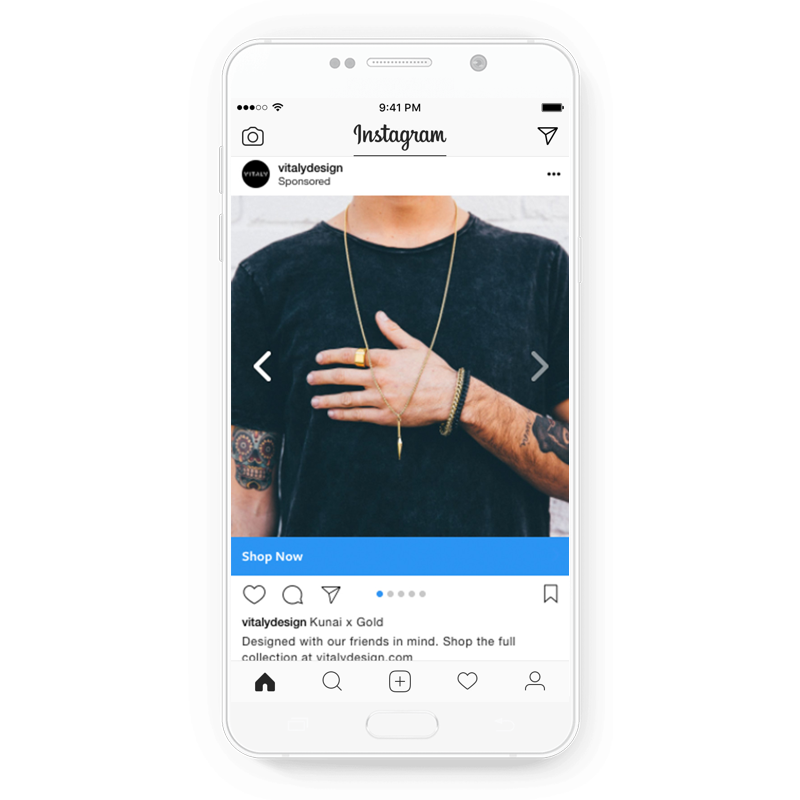
TikTok’s ad platform, on the other hand, is ideal for reaching younger, highly engaged audiences through video content.
Additionally, paid advertising allows you to control your budget and optimize ad spend by testing different creative assets and tracking results through performance metrics like click-through rates, engagement, and conversion rates. This data helps you refine and adapt your strategy, investing more in ads that deliver the best results.
Step 10: Analyze Performance Metrics
Analyzing performance metrics is a vital step in refining your social media strategy, as it offers detailed insights into the effectiveness of your content and campaigns. Tracking key metrics like engagement rates, follower growth, impressions, reach, and conversions helps identify which types of posts resonate most with your audience.
For instance, if a particular type of content—such as videos or interactive polls—consistently garners high engagement, it indicates a preference that can guide future content creation.
Metrics like click-through rates and website traffic from social media also provide insights into how effectively your posts are driving actions outside the platform, such as sign-ups or purchases.
It’s beneficial to dive into platform-specific analytics tools, such as Instagram Insights, Facebook Analytics, or Twitter Analytics, which offer valuable data on post performance, audience demographics, and behavior patterns.
By analyzing when your audience is most active, you can adjust your posting schedule to optimize visibility. If you're running paid ads, tracking metrics like cost-per-click (CPC) and return on ad spend (ROAS) enables you to fine-tune your budget allocation and ad targeting.
In addition, regular analysis also allows for A/B testing of different content types, formats, and posting times, helping you determine which strategies deliver the highest return on investment. This process enables you to optimize your content approach by understanding which variations drive the most engagement, clicks, or conversions, ultimately maximizing the effectiveness of your campaigns.
Start Building and Promoting Your Brand with Fourthwall Today
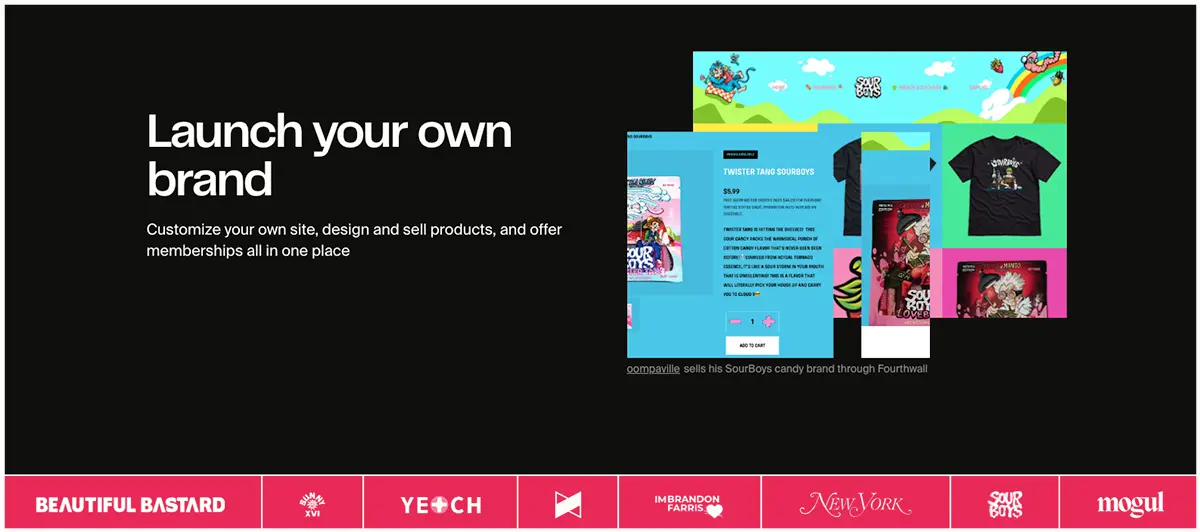
Fourthwall offers a comprehensive suite of tools designed to empower creators looking to build, promote, and monetize their brand effectively.
With seamless social media integration, Fourthwall allows you to connect your store directly to platforms like YouTube, TikTok, and Twitch, making it easy to showcase products to followers.
The platform’s powerful content management tools let you customize and launch a branded storefront with options for personalized domains, layout design, and product branding. Creators can sell custom merchandise, digital downloads, exclusive memberships, and even video content directly to fans, helping diversify revenue streams.
In addition to these features, Fourthwall provides in-depth analytics to track sales, engagement, and customer insights, enabling data-driven decisions that maximize growth.
Fourthwall also offers integrated shipping, production, and fulfillment solutions so creators can focus on content while Fourthwall handles logistics.
Whether you're looking to monetize your audience or strengthen brand identity, Fourthwall equips creators with everything they need to elevate their brand. Sign up with Fourthwall today and start building and promoting your brand with ease!
Frequently Asked Questions
How Do I Measure the Success of My Social Media Marketing?
To measure the success of your social media marketing, track key performance indicators (KPIs) like engagement rates, follower growth, reach, and conversion metrics.
Social media platforms offer built-in analytics tools that provide valuable insights into how your content performs, helping you assess what resonates with your audience and refine your strategy based on these results.
What Social Media Platform is Best for My Business?
The best social media platform for your business depends on your target audience’s demographics and your specific goals.
Research where your audience spends the most time—for example, Instagram for visual storytelling, LinkedIn for professional networking, or TikTok for reaching younger audiences—and focus your efforts there to maximize engagement and results.
How Often Should I Post on Social Media?
Consistency is key when posting on social media, but the ideal frequency varies by platform. As a general guideline, aim to post several times per week, focusing on quality over quantity to ensure each post provides value.
For platforms like Instagram and Facebook, 3-5 posts per week works well, while Twitter and TikTok can handle daily posts due to their fast-paced nature.
For YouTube, try and post videos once a week. If you want to increase your YouTube viewership, positing one YouTube Short a day can help fill in the gap between your weekly uploads.
Prioritize a posting schedule that you can maintain consistently, balancing regular updates with meaningful, high-quality content.

